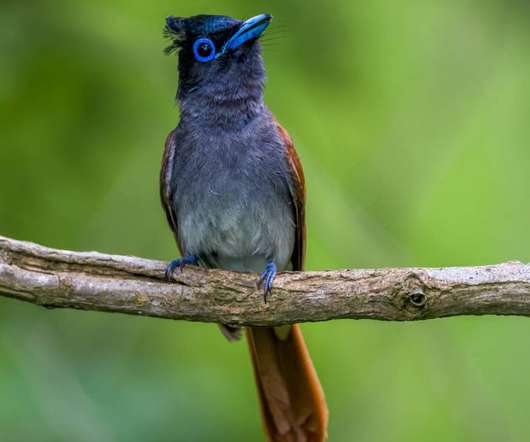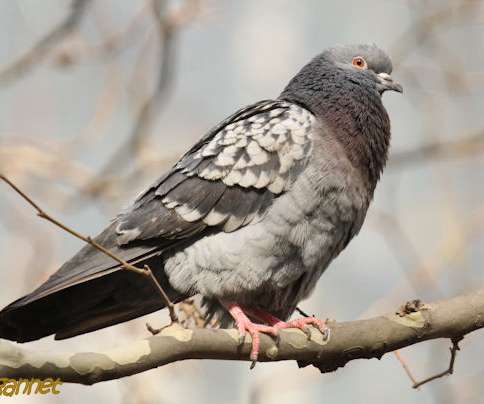Animal Welfare Act Inadequate for Farm Animals
Critter News
APRIL 13, 2009
Unlike domestic animals, there are minimal organizations or lobbyists to defend these animals, therefore leaving public opinion to be shaped only by the insincere comments of the cattle industry. are killed in factory style slaughterhouses whose primary goal is to kill and process animals quickly and efficiently.




























Let's personalize your content